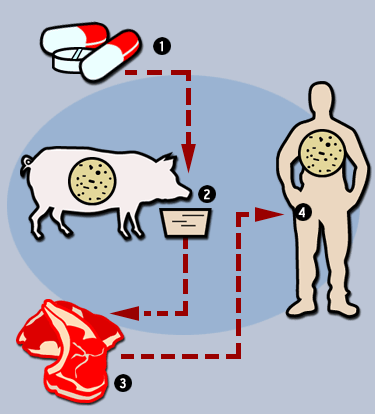
BY ELIZABETH AMONGIN
“Institutions of higher learning have been urged to emulate Uganda Christian University (UCU) in the fight against alcohol and drug abuse,” the Prime Minister of Uganda, Dr Ruhakana Rugunda, has said. He was flagging off the campaign walk, organized by UCU’s counseling department, to create awareness against alcohol and drug abuse, on Saturday, September 10, in Kamwokya, Kampala. “Drug addiction is a major threat to the young people, who feel it is normal to abuse alcohol and drugs. I, therefore, thank UCU for organising the walk and I urge other institutions of higher learning to emulate them in this fight,” Rugunda said.
“Drug addiction is a major threat to Uganda’s population, targeting the young people. This campaign walk against drug abuse is crucial in eradicating alco-hol and drug abuse, which comes innocently and the young people fall for it,” he explained.
He called upon the addicts not to feel condemned but rather seek help.
The Vice Chancellor of UCU, Dr John Senyonyi, urged parents to avoid secrecy while dealing with the issue of drug abuse.Hesaidthatthe best way of handling addictions is through speaking about them.
“Secrecy is a major problem that hinders recovery from addiction. Some parents never tell us about the child’s situation and this adversely affects the recovery process.”
The Director of Butabika Hospital, Dr David Basangwa, who was the chief walker, encouraged people to reach out to those suffering with addictions such that they can be helped.
“It is our responsibility and we all have a role to play towards ending drug abuse in society. We have opened up rehabilitation facilities where addicts can get help,” he said.
He thanked the counseling department of UCU for passing on the message of hope towards drug addicts, emphasising that addiction can be prevented.
Tonny Nganwa, a recovering alcoholic, testified of how he recovered from al- cohol abuse, with the help of his parents.
“My family never gave up on me, they never pushed me away even when I went for rehabilitation for over four times, they kept on encouraging me. No one should fool you that you can recover from addiction without anyone’s help so ask for help,” he said.
The walk, which began at the KCCA gardens opposite Cafe Javas in Kamwokya, Kampala Capital City Authority, was also attended by Ms Beti Kamya, the Minister for Kampala; as well as
participants from the Ministry of Health, and rehabilitation centres like Recovery Uganda, East African Centre for Addiction Services, and Stop Underage Drinking (Uganda).












You must be logged in to post a comment.